Last night at LAIS Theather, Greek Film Archives, the award ceremony of altcineAction! 2014 was held.
According to the public voting the First Prize went to the film Jesus Stopped at Gyzi, by Amerissa Basta.
The Second Prize based on public vote, went to the film Linda, by Antonia Milcheva.
The Third Prize went to the film Penguins, by Dimitris Zahos.
All the three films are awarded with services for the production of their next short film.
In addition, the First Prize is awarded with scholarship for a BA degree in cinema studies by Metropolitan College, Athens.
The Alinda Dimitriou Award, the choise of altcine team and Sotiris Dimitriou, decided to give it to the film Amel, by More Raca, for the sobre and fresh approching of very important issues and the performance of the leading actress.
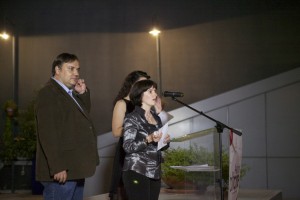
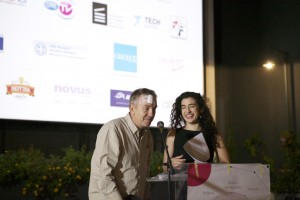
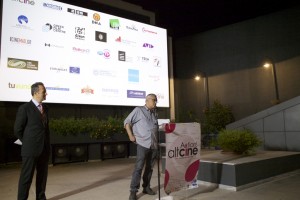
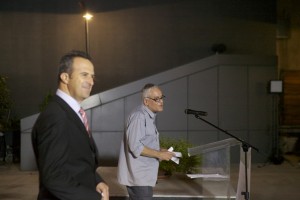
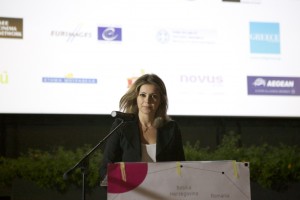
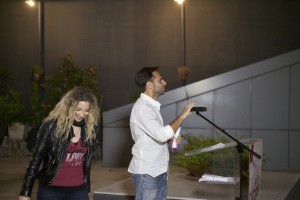
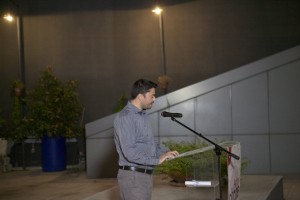
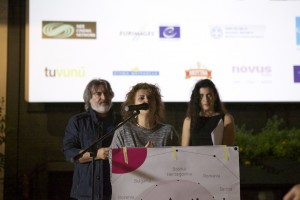
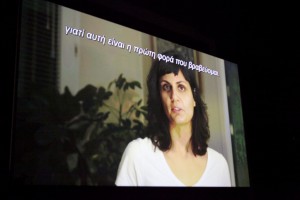
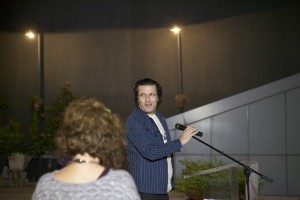
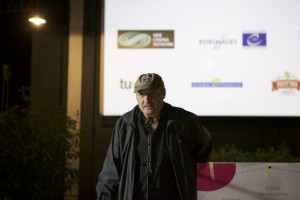

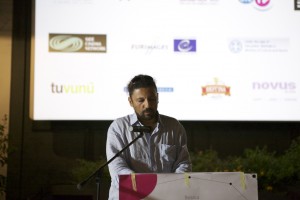
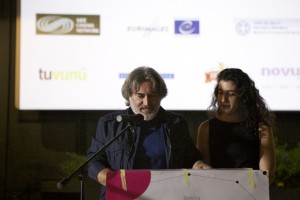
The Best Cinematography Award went to Kostis Nikolopoulos for his work on the film Half-Board Heaven.
The rationale of the jury (Giorgos Arvanitis, Predrag Bambic) was the following:
“Clean and highly aesthetic style of the cinematography of the “Half-board heaven” byKostis Nikolopoulos displayed that the modern audience can expect very high visual achievements in contemporary films.Set of cinematographer’s tools selected for visual storytelling specific to this story is cleverly selected and used.His talented use of decoupage, camera move, angles and especially light elegantly and intelligently contributed to the overall storytelling atmosphere.”
The Best Editing Award went to Deyan Bararev for the one-shot film, Botev is an Idiot, for its pace and rythm of the movement of the camera, and the maitrise of his framing. Jury member: Giorgos Mavropsaridis, Aleksandra Milovanovic, Dimitris Athanitis.
The Best Critic Award went to Tara Karajica, and the rationale of the jury was the following:
Reading the reviews written by different spectators, I was deeply impressed by Tara Karajica whose comments demonstrate broad general knowledge in terms of the field of Film Studies.
Moreover, she is familiar with the facts about the latest movies (their festival participations, the name of the respective directors and actors and etc.) and also she is able to identify the cinematic references and the specific context in which a work was created. Tara Karajica evades thinking in the binary opposition: good – bad production, instead of it, she makes a profound analysis on the narrative, the visual vocabulary and the author’s style.
In addition, Tara Karajica articulates clearly and fluently her statements in English and she succeeds in persuading her readers to take interest in a film under consideration which is highly important for a film critic/researcher. Obviously, Tara has a real talent in writing serious texts devoted to cinema.